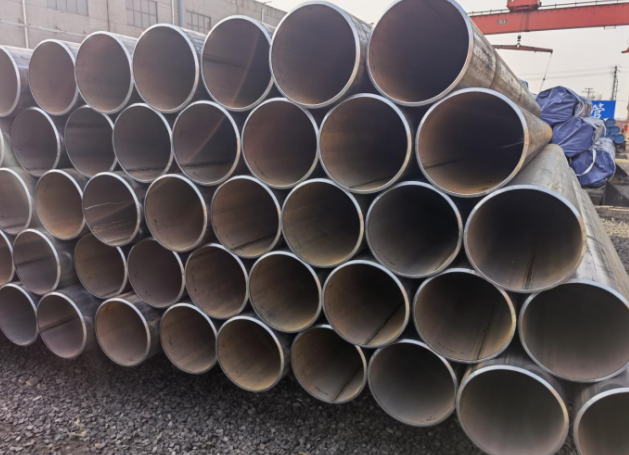
Welding Distortion Correction Method
1. Mechanical correction method
Hand hammer forging: Use an iron hammer to strike the deformed welding workpiece. This is a relatively simple correction method. Generally, a horn is required to prevent damage to the workpiece. Rolling equipment is used to roll the weld seam and its surroundings of the thin weldment. To achieve the purpose of correction. For simple small and medium-sized welded parts, jacks (hydraulic pressure and screws) can be used for correction, for rigid and strong weldments, presses can be used for correction, and profiles can be corrected with special correction equipment.

2. Heating correction method
Flame heating is the main heat source of the heating correction method. The heating position, temperature and the shape of the heating zone are the main factors that determine the heating correction effect. The selection of the heating position is the key to the success or failure of the correction. Simple components rely on experience to determine the heating position, and complex components require Repeat the test to find the heating position. The heating temperature is generally judged by visual inspection, or a thermometer (meter) can be used. The heating temperature usually does not exceed 800°C.
Concentrated heating at a point on the metal surface is a point heating method, the diameter of the point is about 10-20 mm, and the point distance is 50-150 mm. After heating a point, use a soft hammer to hit the heating point, and add a shim and add water. For cooling, the point heating method can be used for the wave-shaped deformation of the thin plate.
Strip heating: Strip heating is suitable for thick plates, large deformation, and large rigid structures. The surface of the workpiece is heated into strips, and the bandwidth and density are determined according to the deformation.
Triangular heating: suitable for components with large rigidity and large deformation, such as bending deformation, the heating zone is triangular, and the bottom shrinkage is greater than the top shrinkage.
Other heat source heating correction
Use electrode arc welding, MIG welding, etc. to straighten the weldments that do not require the surface, apply welding to the parts that need heating, and then straighten them, and use tungsten argon arc welding to straighten the parts with surface requirements. The heated parts are corrected by welding without adding wires. Induction heating correction is suitable for workpieces with small weldments and large quantities. This method has high production efficiency. Far-infrared heating correction is suitable for large and complex parts and field operations.
Tips: High-frequency welding is a new type of welding process that uses the skin effect and neighboring effect produced by high-frequency current to connect steel plates and other metal materials. The emergence and maturity of high-frequency welding technology is a key process in the production of ERW steel pipe. The quality of high-frequency welding directly affects the overall strength, quality level and production speed of welded pipe products.


